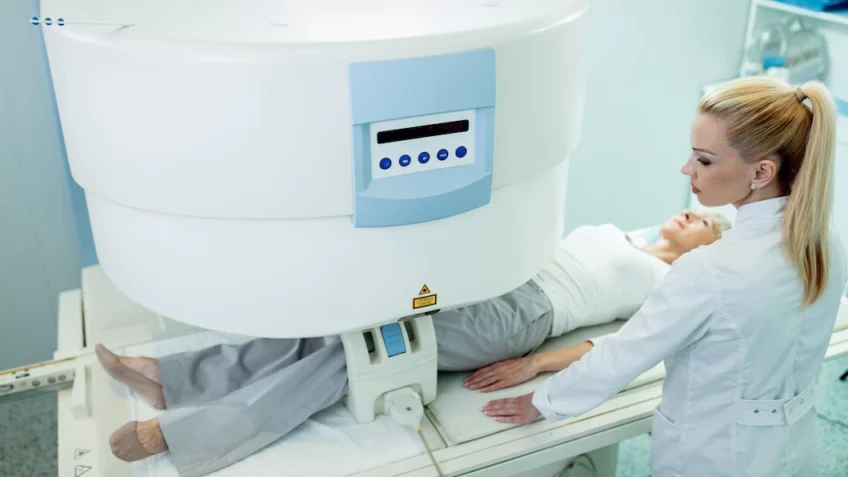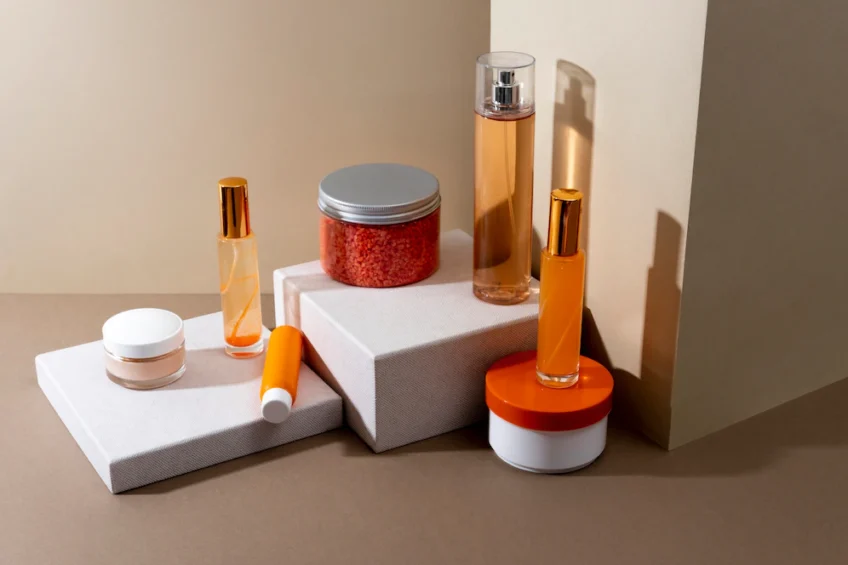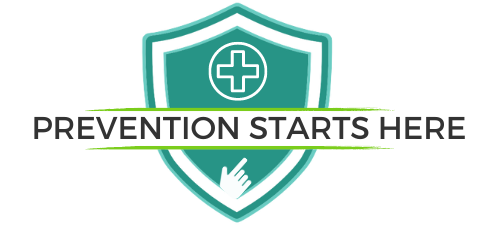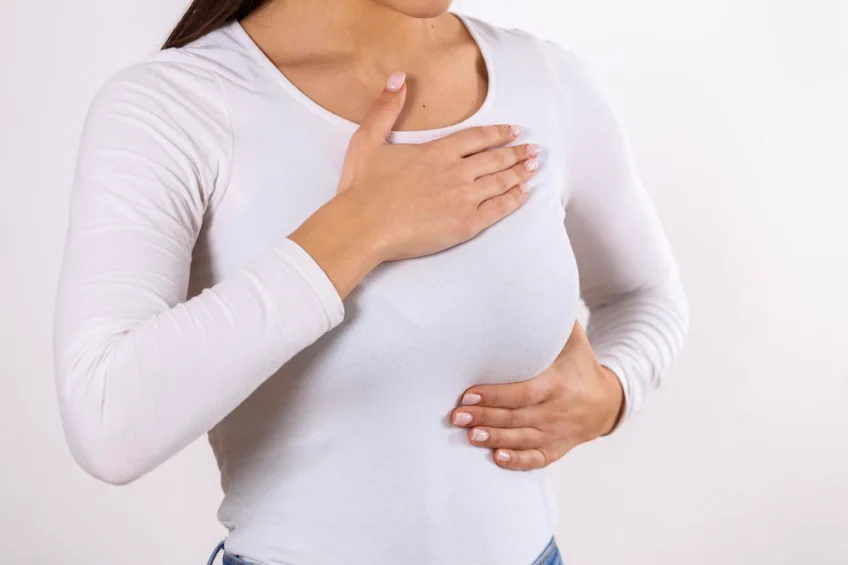Welcome to Breast Cancer Awareness month, when pink ribbons cover everything from toxic cosmetics to BPA-lined food cans, urging us to be aware of breast cancer. But when 1 in 8 women will be diagnosed with the disease, how much more awareness do we need? The Breast Cancer Fund is working to shift the conversation from awareness to prevention. The following tips, which are all developed from scientific research, will help turn awareness into individual action in your own life to prevent the disease.
1. Lower your exposure to medical radiation
Although X-rays and CT scans can give critical information for diagnosing medical problems, exposure to this kind of radiation is the longest and most firmly established environmental cause of breast cancer. Keep a record of your medical radiation exposure and discuss with your medical care team whether or not the tests are necessary and whether there may be alternative tests that don’t use radiation, such as an MRI or ultrasound.

2. Choose cleaning products that tell you what’s in them…or make your own
Ever notice that those strong-smelling window cleaners and scouring powders you use don’t list ingredients on their labels? That’s because no law requires manufacturers to do so, even though these products often contain chemicals linked to breast cancer and other serious health problems. Look for products made by companies that voluntarily disclose ingredients, or learn how to make your own. A little bit of baking soda and vinegar will go a long way.
3. Ditch your Teflon pots and pans
Although there’s no denying they make our life easier, nonstick pans and stain-resistant materials can contain toxic perfluorinated chemicals. These endocrine disruptors have been associated with delayed menstruation, later breast development and increased incidence of breast cancer. Alternatives include anodized aluminum, stainless steel or cast iron.

4. Avoid toxic kids PJs
Even though some flame retardants have been phased out of kids pajamas, these harmful ingredients have been replaced with other dangerous chemicals. Stay away from PJs labeled “flame resistant,” and pick snug-fitting alternatives that provide fire safety without toxic chemicals.
5. Don’t be fooled by “natural” claims on beauty products
The beauty industry is virtually unregulated in the U.S., and many toxic chemicals can be found in the most common of makeup, shampoos, lotions and other personal care products. A claim of “organic” or “natural ingredients” still leaves plenty of room for harmful ingredients.

6. Find safe ways to fight germs
Triclosan was initially developed as a surgical scrub for medical professionals, but in recent years it has been added to a host of consumer products, from kitchen cutting boards to shoes. Triclosan in cosmetics, antibacterial soaps and body washes may contribute to making bacteria resistant to antibiotics. Endocrine disruption, allergies, organ system toxicity are among the additional health concerns associated with this prevalent chemical.
7. Know your plastics
Plastic is everywhere—it’s used in consumer products and packaging of all kinds, but there are serious risks to human health and the environment from its widespread use. Vinyl Chloride was one of the first chemicals designated a known human carcinogen. Yet it’s still used in food packaging, medical products, appliances, cars and more. Avoid plastics that contain phthalates, especially polyvinyl chloride (PVC), which often has the recycling code 3.
More tips for protecting yourself and your family from plastics here.
Read more about the science behind these tips in the Clear Science Section of our website, which references the growing body of scholarly research on this issue. Get more tips in our Reduce Your Risk section.

